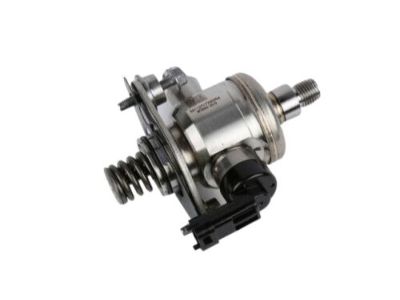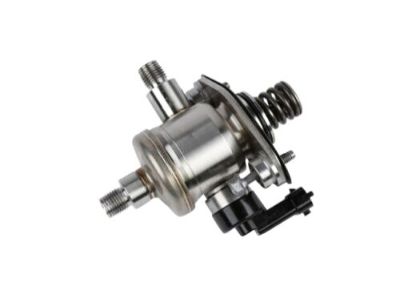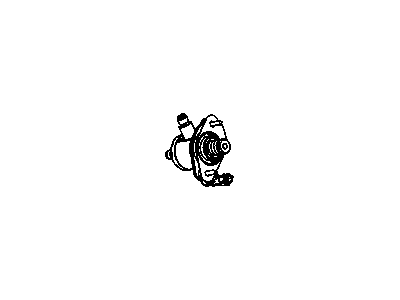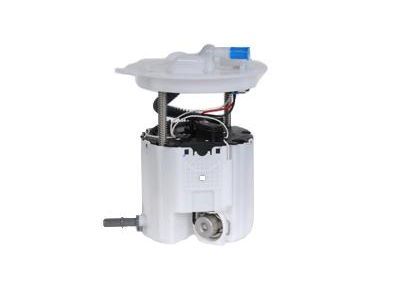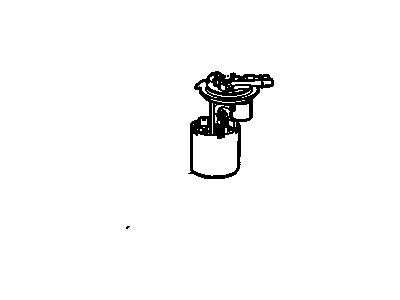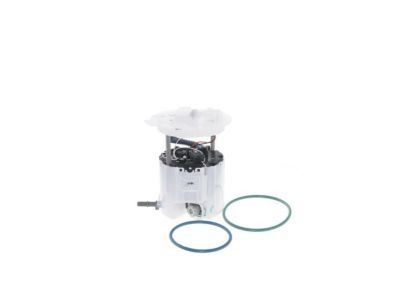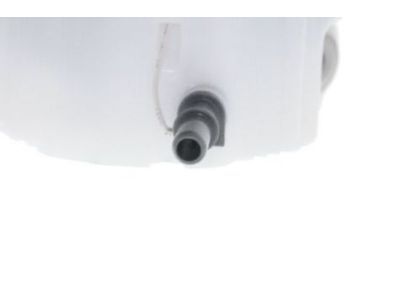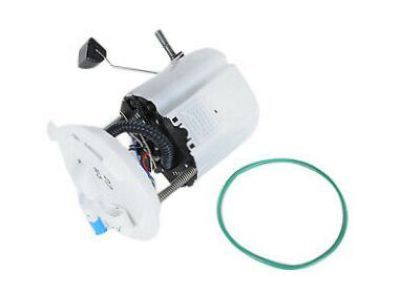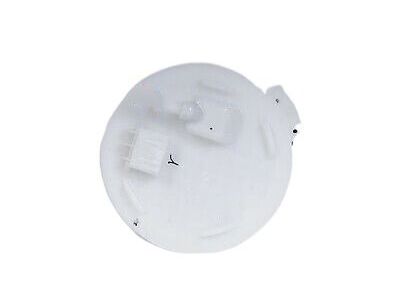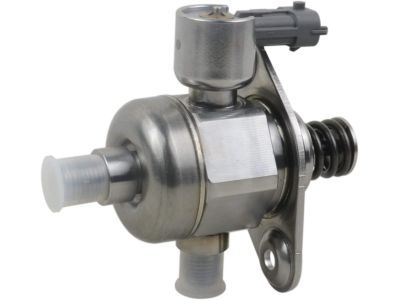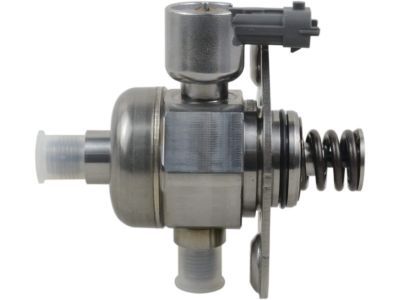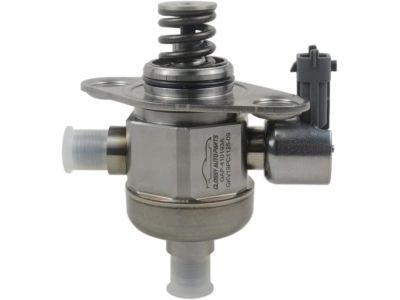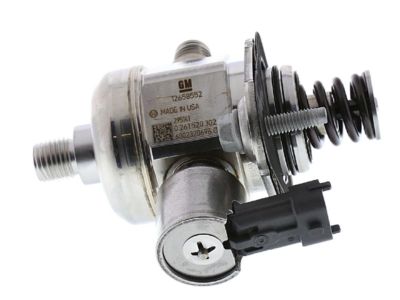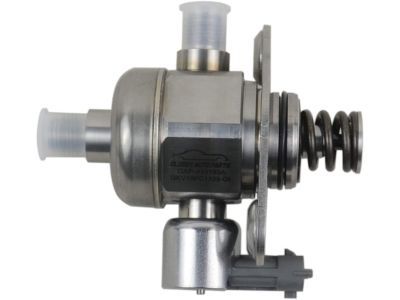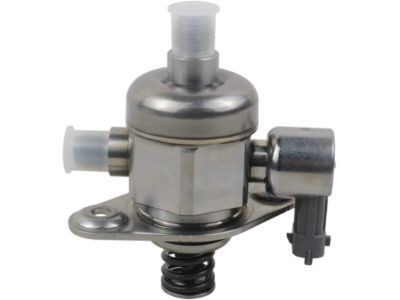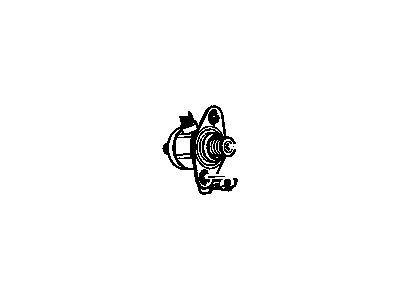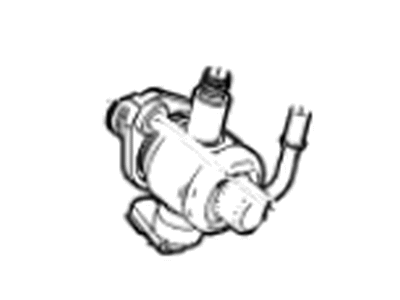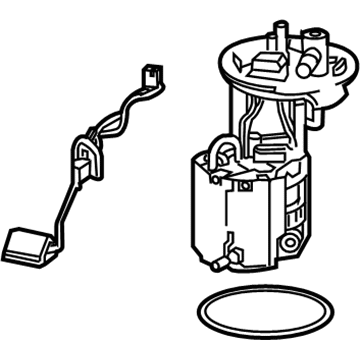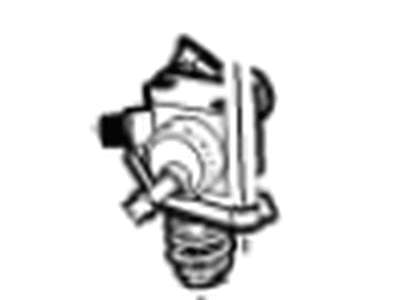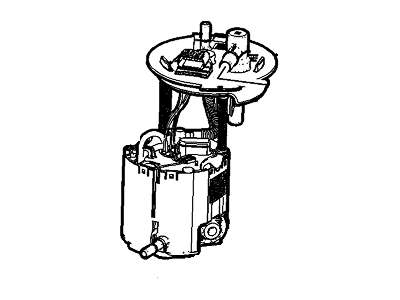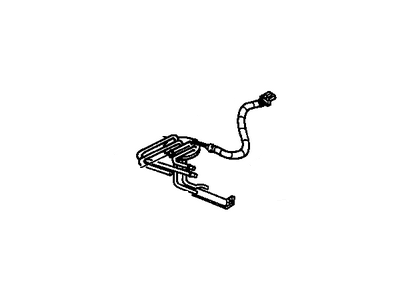
My Garage
My Account
Cart
Genuine Chevrolet Camaro Fuel Pump
Gas Pump- Select Vehicle by Model
- Select Vehicle by VIN
Select Vehicle by Model
orMake
Model
Year
Select Vehicle by VIN
For the most accurate results, select vehicle by your VIN (Vehicle Identification Number).
33 Fuel Pumps found
Chevrolet Camaro Pump Assembly, Fuel
Part Number: 12691016$206.78 MSRP: $423.06You Save: $216.28 (52%)Ships in 1-2 Business DaysChevrolet Camaro Fuel Tank Fuel Pump Module Kit (W/O Fuel Level Sensor)
Part Number: 13592335$213.91 MSRP: $437.66You Save: $223.75 (52%)Ships in 1-2 Business DaysChevrolet Camaro Fuel Tank Fuel Pump Module Kit (W/O Fuel Level Sensor)
Part Number: 13592337$241.35 MSRP: $493.82You Save: $252.47 (52%)Ships in 1-2 Business DaysChevrolet Camaro Fuel Tank Fuel Pump Module Kit (Acdelco)
Part Number: 19303293$271.11 MSRP: $554.68You Save: $283.57 (52%)Ships in 1-2 Business DaysChevrolet Camaro Fuel Tank Fuel Pump Module KIT (Acdelco)
Part Number: 19303292$271.89 MSRP: $556.30You Save: $284.41 (52%)Ships in 1-2 Business DaysChevrolet Camaro Module Kit, F/Tnk F/Pmp (W/O Fuel Lvl Sen)
Part Number: 92509013$258.50 MSRP: $487.72You Save: $229.22 (47%)Ships in 1-2 Business DaysChevrolet Camaro Fuel Pump Assembly
Part Number: 12691088$182.10 MSRP: $372.59You Save: $190.49 (52%)Ships in 1-2 Business DaysChevrolet Camaro MODULE KIT,F/TNK F/PMP
Part Number: 19369884$328.87 MSRP: $691.97You Save: $363.10 (53%)Ships in 1-2 Business DaysChevrolet Camaro Electric Intank Pump
Part Number: 25116162$72.30 MSRP: $136.40You Save: $64.10 (47%)Ships in 1-2 Business DaysChevrolet Camaro PUMP ASM-FUEL
Part Number: 28289960$203.91 MSRP: $384.74You Save: $180.83 (47%)Ships in 1-2 Business DaysChevrolet Camaro Module Kit, F/Tnk F/Pmp (W/O Fuel Lvl Sen)
Part Number: 84873927$182.00 MSRP: $372.39You Save: $190.39 (52%)Ships in 1-2 Business DaysChevrolet Camaro Pump Assembly, Fuel
Part Number: 12711662$338.72 MSRP: $693.05You Save: $354.33 (52%)Chevrolet Camaro Pump Assembly, Fuel
Part Number: 12711668$999.84 MSRP: $2045.69You Save: $1045.85 (52%)Chevrolet Camaro Fuel Tank Fuel Pump Module Assembly (W/O Fuel Level Se)
Part Number: 13508812$100.48 MSRP: $189.58You Save: $89.10 (47%)Ships in 1-2 Business DaysChevrolet Camaro PUMP ASM,FUEL
Part Number: 12719143$168.41 MSRP: $317.76You Save: $149.35 (47%)Ships in 1-2 Business DaysChevrolet Camaro Pump Assembly, Fuel
Part Number: 25202767$298.00 MSRP: $562.25You Save: $264.25 (47%)Ships in 1-3 Business DaysChevrolet Camaro Module Kit, F/Tnk F/Pmp (W/O Fuel Lvl Sen)
Part Number: 84873930$127.64 MSRP: $229.98You Save: $102.34 (45%)
| Page 1 of 2 |Next >
1-20 of 33 Results
Chevrolet Camaro Fuel Pump
The Fuel Pump of Chevrolet Camaro vehicles is used to pump gasoline to the engine and must maintain correct pressure for the proper functioning. As with most Camaros, differing operations may have one or more electric pumps inside of the fuel tank; the fuel sending units, however, may differ per model year. Some of the symptoms of a failing fuel pump include rough running engine, signal fading for few seconds or sometimes, failure of the engine to start. Low fuel in the Camaro can cause overheating and the fuel pump is destroyed and high voltage for more horsepower shortens the life of it. Some basic pressure tests can be conducted to inform the owners of the status of the fuel pump without necessary tooling to ensure efficient working of the engine.
Each OEM Chevrolet Camaro Fuel Pump we offer is competitively priced and comes with the assurance of the manufacturer's warranty for the part. Furthermore, we guarantee the speedy delivery of your orders right to your doorstep. Our hassle-free return policy is also in place for your peace of mind.
Chevrolet Camaro Fuel Pump Parts Questions & Experts Answers
- Q: How to remove and install a high-pressure fuel pump on Chevrolet Camaro?A:Remove the engine covers and the suspension cross brace. Relieve the fuel system pressure and disconnect the cable from the negative battery terminal. Remove the intake manifold and disconnect the low pressure feed line from the pump. The manufacturer states that any time the fuel lines are removed from the fuel pump or Fuel Rails they should be replaced. Using a flare-nut wrench, unscrew the high-pressure fuel line fittings. Raise the front of the vehicle and support it securely on jackstands. Disconnect the electrical connector from the high-pressure fuel pump. Working from under the vehicle, disconnect the fuel pump electrical connector. Remove the high-pressure fuel pump bolts and remove the pump. Always replace the bolts and O-ring. Loosen the bolts a little at a time until all of the spring pressure on the pump lifter is relieved to avoid damaging the pump or stripping the threads. With the pump removed, rotate the engine by hand and make sure the camshaft lobe for the pump's roller litter is at its base circle before trying to install the pump. Lubricate the pump roller lifter with engine oil and install the litter and gasket. Set the pump into the bore in the cylinder head and tighten the bolts evenly. As the pump bolts are tightened, it will get harder to tighten the bolts until the spring in the pump is compressed. Tighten the bolts to the torque. The remainder of installation is the reverse of removal. Clean the high-pressure fuel line fittings on the fuel rails, then apply a little clean engine oil to the threads. Install the new high-pressure fuel lines, tightening the fittings to the torque. Reconnect the cable to the negative battery terminal, then start the engine and check for fuel leaks.
- Q: How to remove and reinstall the Fuel Pump and Fuel Pump Driver Module on Chevrolet Camaro?A:The vehicle has two fuel pump modules. The primary module includes the fuel pump, fuel level sender, and filter. The secondary module has a fuel level sender and fuel pick up. These parts can't be serviced separately. The Fuel Pump Driver Module (FPDM) regulates fuel pressure. To remove the primary module, relieve fuel pressure, disconnect the electrical connector and fuel line, rotate the locking ring counterclockwise, and pull the module out. Check and replace the O-ring if needed. The secondary module removal process is similar. The FPDM is behind the right-rear quarter trim panel. Access it by removing the rear seat and panel, disconnect the connector, and remove the mounting nut. Reinstall in reverse order.
Related Chevrolet Camaro Parts
Browse by Year
2024 Fuel Pump 2023 Fuel Pump 2022 Fuel Pump 2021 Fuel Pump 2020 Fuel Pump 2019 Fuel Pump 2018 Fuel Pump 2017 Fuel Pump 2016 Fuel Pump 2015 Fuel Pump 2014 Fuel Pump 2013 Fuel Pump 2012 Fuel Pump 2011 Fuel Pump 2010 Fuel Pump 2002 Fuel Pump 2001 Fuel Pump 2000 Fuel Pump 1999 Fuel Pump 1998 Fuel Pump 1997 Fuel Pump 1996 Fuel Pump 1995 Fuel Pump 1994 Fuel Pump 1993 Fuel Pump 1992 Fuel Pump 1991 Fuel Pump 1990 Fuel Pump 1989 Fuel Pump 1988 Fuel Pump 1987 Fuel Pump 1986 Fuel Pump 1985 Fuel Pump 1984 Fuel Pump 1983 Fuel Pump 1982 Fuel Pump
